Today’s theme: Switching to Biodegradable Paper Products. Ready to cut waste without sacrificing quality? This page brings real stories, honest guidance, and simple steps to make your switch smoother, smarter, and more impactful. Join our community, subscribe for fresh insights, and share your progress—we learn faster together.
Unlike plastics that linger for decades, biodegradable paper breaks down under the right conditions, avoiding microplastic pollution and easing long‑term waste footprints. Properly managed, it’s a bridge to composting, circularity, and cleaner material streams. Your choices amplify local compost programs and inspire suppliers to raise their standards.
Why Switch Now: Impact You Can See and Feel
Customers increasingly look for packaging that aligns with their values—cleaner inputs, clearer claims, fewer forever chemicals. Thoughtful paper choices signal care and responsibility, enhancing brand credibility. When labels are honest and materials feel natural, people notice and tell friends. Subscribing today keeps you updated on evolving best practices.
Why Switch Now: Impact You Can See and Feel
Biodegradable vs. Compostable vs. Recyclable
What “Biodegradable” Really Means
Biodegradable means microbes can break a material down into natural components over time. But the timeframe and conditions matter. Aerobic composting speeds things up; landfills are often anaerobic and slow. Clear disposal guidance is essential—let your audience know where your packaging belongs after use.
Certifications That Clarify Claims
Look for credible marks like BPI or TÜV OK compost (HOME or INDUSTRIAL) to validate compostability claims, and FSC certification for responsibly sourced fibers. Documentation from suppliers matters. Ask for test reports, not just marketing copy, and share your standards publicly to build community trust.
Recyclability and When to Prefer It
Many uncoated papers are widely recyclable, while certain coatings reduce recyclability. When food residue is heavy, compostable options may be better than wishful recycling. Map your local infrastructure, then label bins accordingly. Tell us how your city handles paper waste—we’ll compile a reader‑sourced directory.
Materials and Coatings: Getting Performance Without the Pitfalls
Uncoated, Water‑Based, or Biopolymer Barriers
Uncoated paper is often easiest to recycle and compost when clean, but it may lack grease or moisture resistance. Water‑based dispersions can add protection while remaining compatible with many recovery systems. Biopolymer linings provide stronger barriers, yet their compostability depends on temperature and facility availability.
The PFAS Question in Food Packaging
Grease resistance historically relied on PFAS chemicals that persist in the environment. Many brands now use PFAS‑free barriers. Ask suppliers to confirm PFAS‑free status in writing. Readers love practical lists—subscribe for our upcoming directory of verified PFAS‑free paper foodware offerings.
Home vs. Industrial Composting Reality
Some coatings require higher temperatures found only in industrial compost facilities. Home compostable items break down in cooler, slower systems. Match your product choices to your community’s actual infrastructure, and post clear instructions on your packaging. Share experiments from your backyard pile—we’ll feature the most useful results.
Cost, Procurement, and Supplier Strategy
Account for purchasing price, waste hauling fees, contamination penalties, and customer loyalty. Streamlined materials often reduce sorting errors and rejected loads. Track real numbers over a month and compare against your baseline. If you’ve done this analysis, comment with your insights so others can benchmark.
Cost, Procurement, and Supplier Strategy
Request certificates (BPI, TÜV, FSC), full material breakdowns, PFAS statements, recycled content percentages, and mill origin. Ask for performance samples under heat, moisture, and grease. Require end‑of‑life guidance tailored to your local facilities. Subscribe to get our printable checklist and supplier email template.
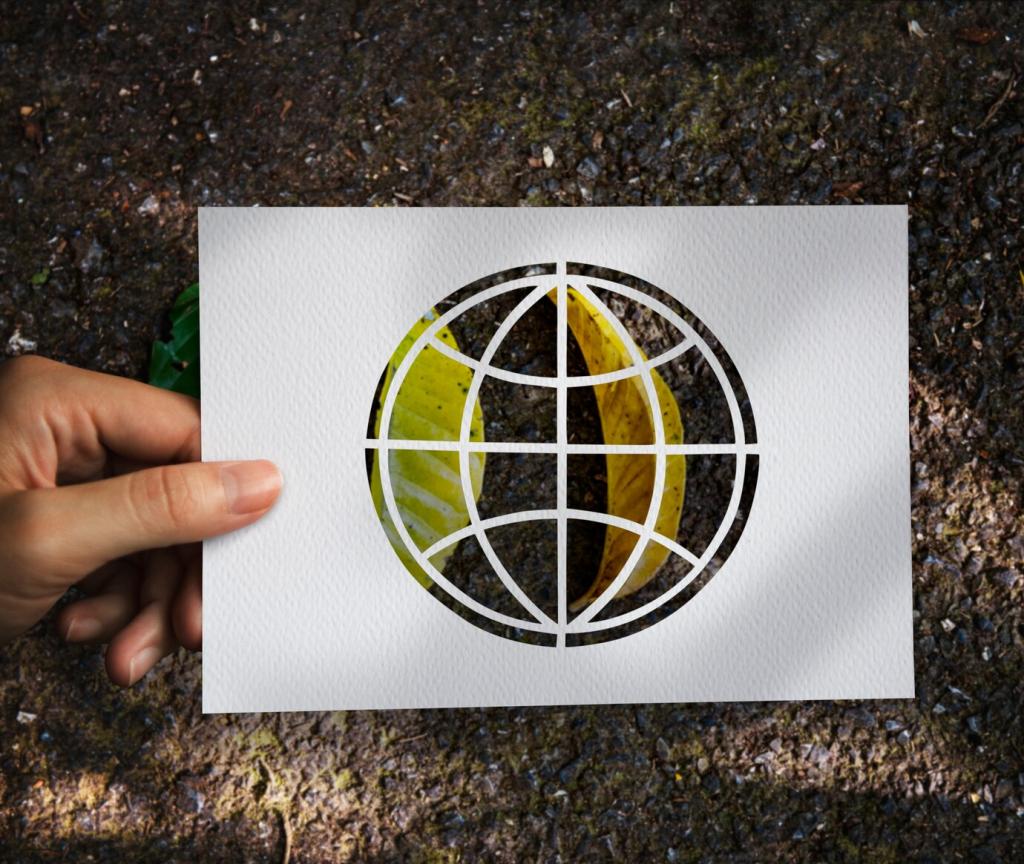
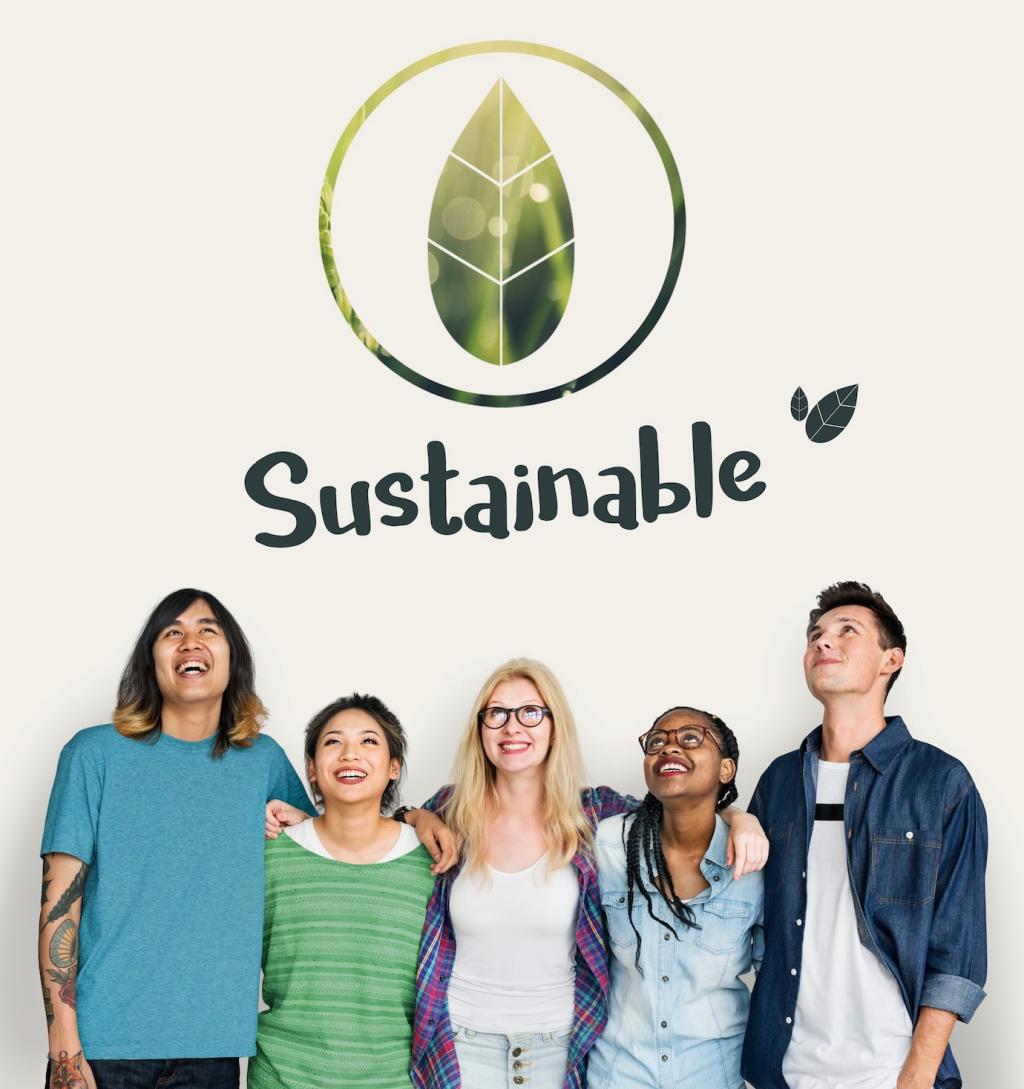
Implementation Playbook: From Audit to Everyday Habits
After a weekend waste audit, a small café swapped plastic‑lined boxes for compostable paperware and simplified bins. Staff training plus bold counter signs cut landfill bags dramatically within a month. Their owner wrote us, grateful customers asked questions—and tipped better. Share your audit wins; they motivate others.
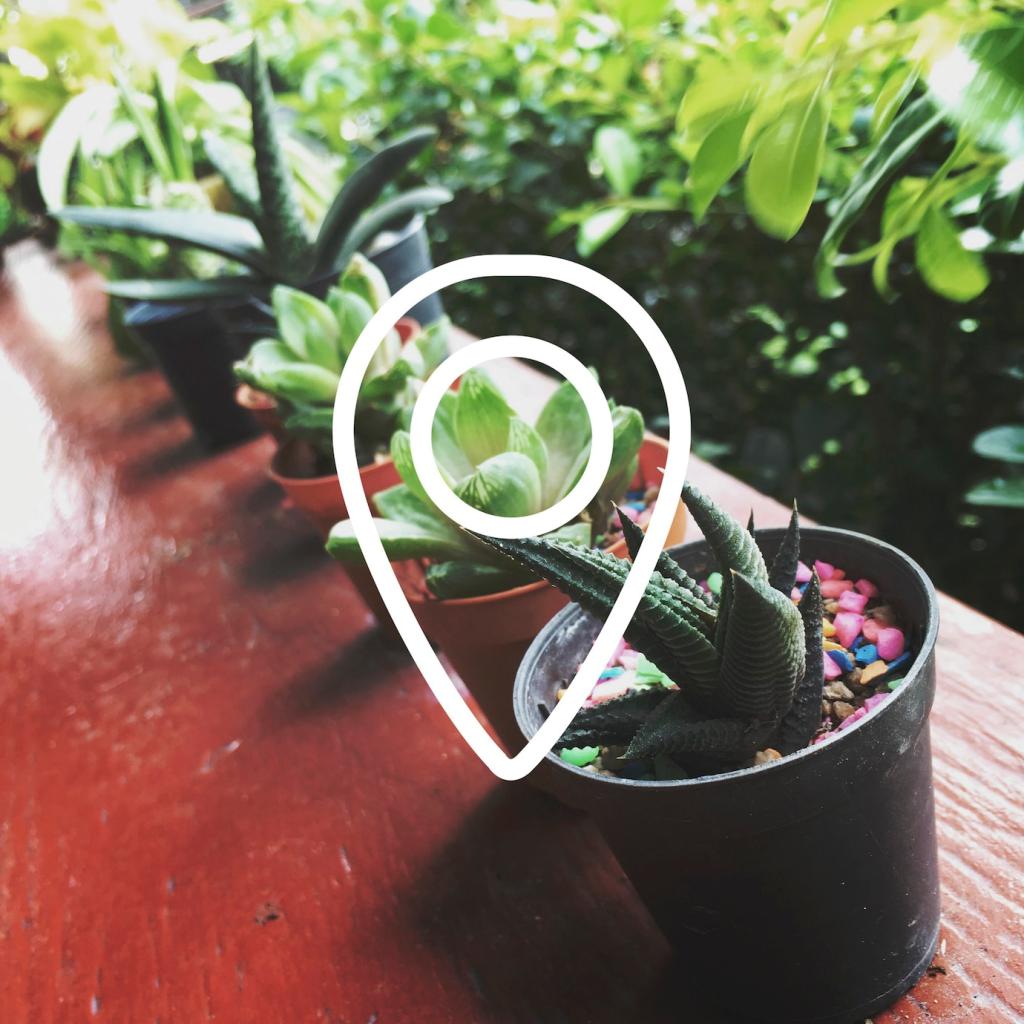
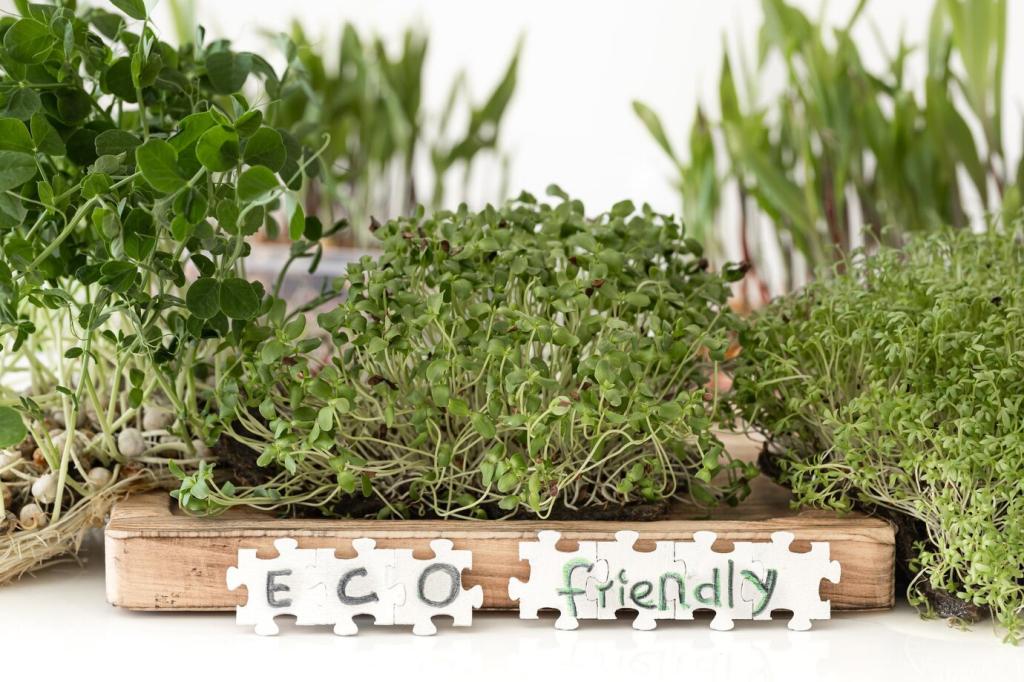
Implementation Playbook: From Audit to Everyday Habits
Teach staff where each item goes and why. Use color‑coded bins and photos of your actual products. Provide a one‑sentence script: “This cup and lid go in compost here.” Invite patrons to scan a QR for details and subscribe for updates as your program evolves.
Myths, Missteps, and How to Avoid Them
Biodegradable is not a license to toss items outdoors. Decomposition depends on oxygen, moisture, microbes, and time—conditions not guaranteed in streets or waterways. Always guide proper disposal and make bins obvious. Encourage readers to pledge responsible behavior in the comments and inspire neighbors to follow.
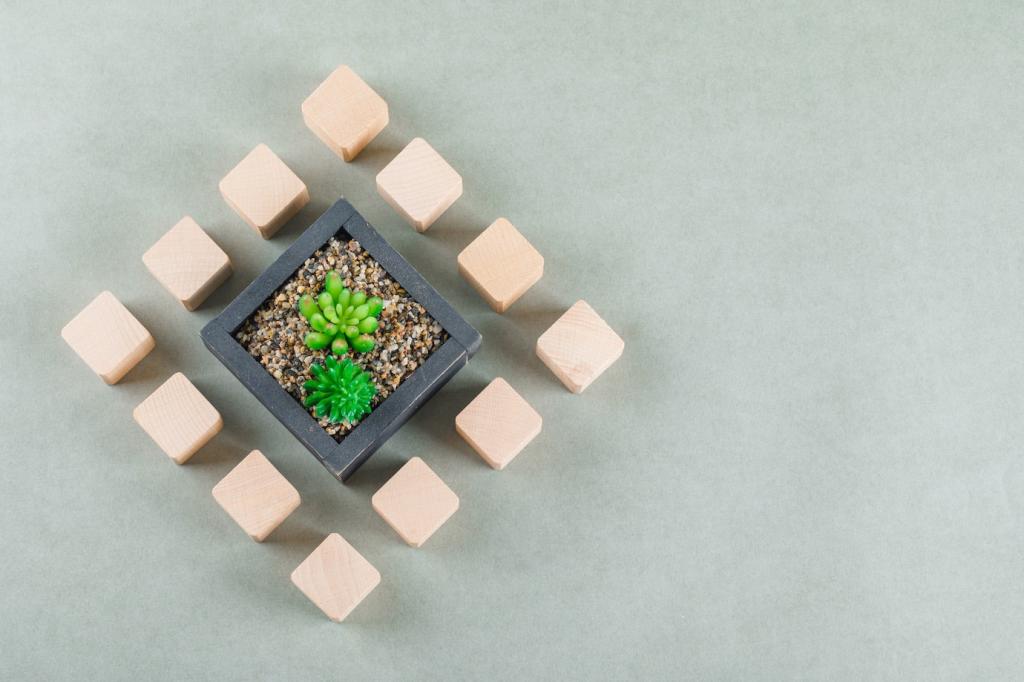
Metrics That Motivate Action
Track landfill diversion rates, bin contamination, supplier compliance, and customer sentiment. Even simple before‑and‑after photos help. If your city offers emissions calculators, translate diversion into estimated greenhouse gas savings. Post monthly snapshots and ask readers for ideas to push the numbers higher.
Communications That Build Trust
Explain your choices in plain language, celebrate small wins, and own setbacks. Share how you verified compostability or recyclability. Use packaging space for disposal icons and QR codes. Invite subscribers to vote on your next product trials—co‑creation turns passive customers into supportive advocates.
Keep the Conversation Alive
Sustainability is iterative. Host a quarterly update, feature reader stories, and publish a simple product matrix of what goes where. Ask readers to submit questions or challenges they face when switching to biodegradable paper products. We’ll answer them in upcoming posts—subscribe so you never miss a tip.
